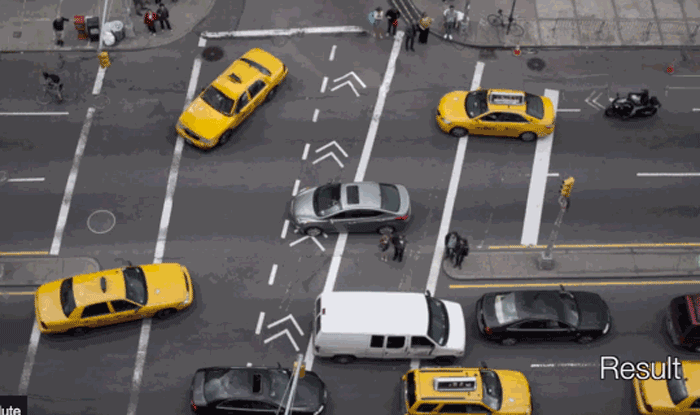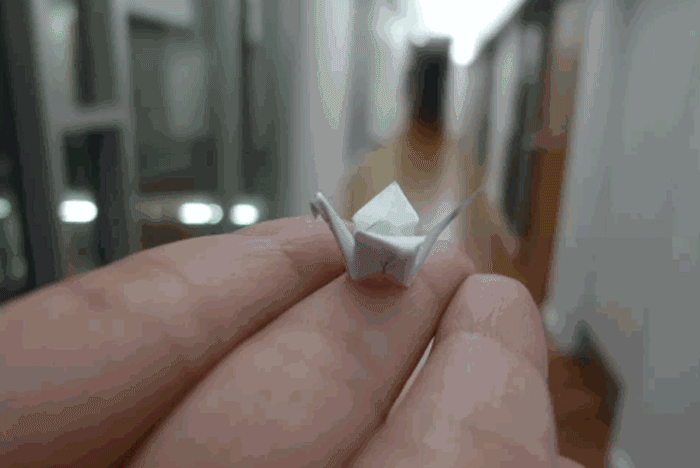3D printing hardware is amazing and its constant innovation will probably never cease to amaze us. If, however, you are looking for something different, the advancement in 3D software is just as incredible and a new project, carried out by teams at Carnegie Mellon University (CMU) and the University of California, Berkeley, soon to be presented at SIGGRAPH 2014 in Vancouver, show what can be achieved by fully exploiting the possibilities offered by the growing availability of stock 3D models.
Their Object Manipulation 3D (OM3D) software makes it possible to fully manipulate a single object within a regular 2D photograph (it does not even have to be digital, the system works even with paintings) in a way that gives the photo editor full control of the object.
OM3D uses the publicly available 3D models that correspond to the object needed to be modified and seamlessly works it into the photo so that any hidden area of the 2D object’s geometry becomes visible in the 3D representation. It also automatically adjusts 3D light effects, thus allowing for immediate modification, duplication, removal and even quick animations of the object through the use of other 3D tools such as Maya.
To demonstrate the possibilities (shown in the two videos below, the quick version and the extended in-depth version), the software’s authors used different photos to move around objects such as a design chair, a taxi cab in New York City, fruit, a woman’s wristwatch, even a lemon in a painting and a series of fighter planes in a WW2 photograph. One particularly impressive shot shows a miniature origami bird just fly away.
The 3D models used are publicly available. The software adjusts them to match the photograph’s pixels and the object’s geometry, while estimating the illumination to gain full 3D control of the object and, thus, reveal the hidden parts. The system is particularly well fit for designers working on advertising shots or experimental photo-artists, however it might not be an indication of how much software is affecting 3D printing as much as how 3D printing (and the growth of 3D modeling) is affecting software. Either way the possibilities seem endless.





